

Looking for something to do in Paris when fashion weeks are over? Don’t worry, fashion never stops in the City of Light, as the Palais Galliera is currently showcasing their latest exhibition, ‘La Mode en mouvement’ (‘Fashion in Motion’).
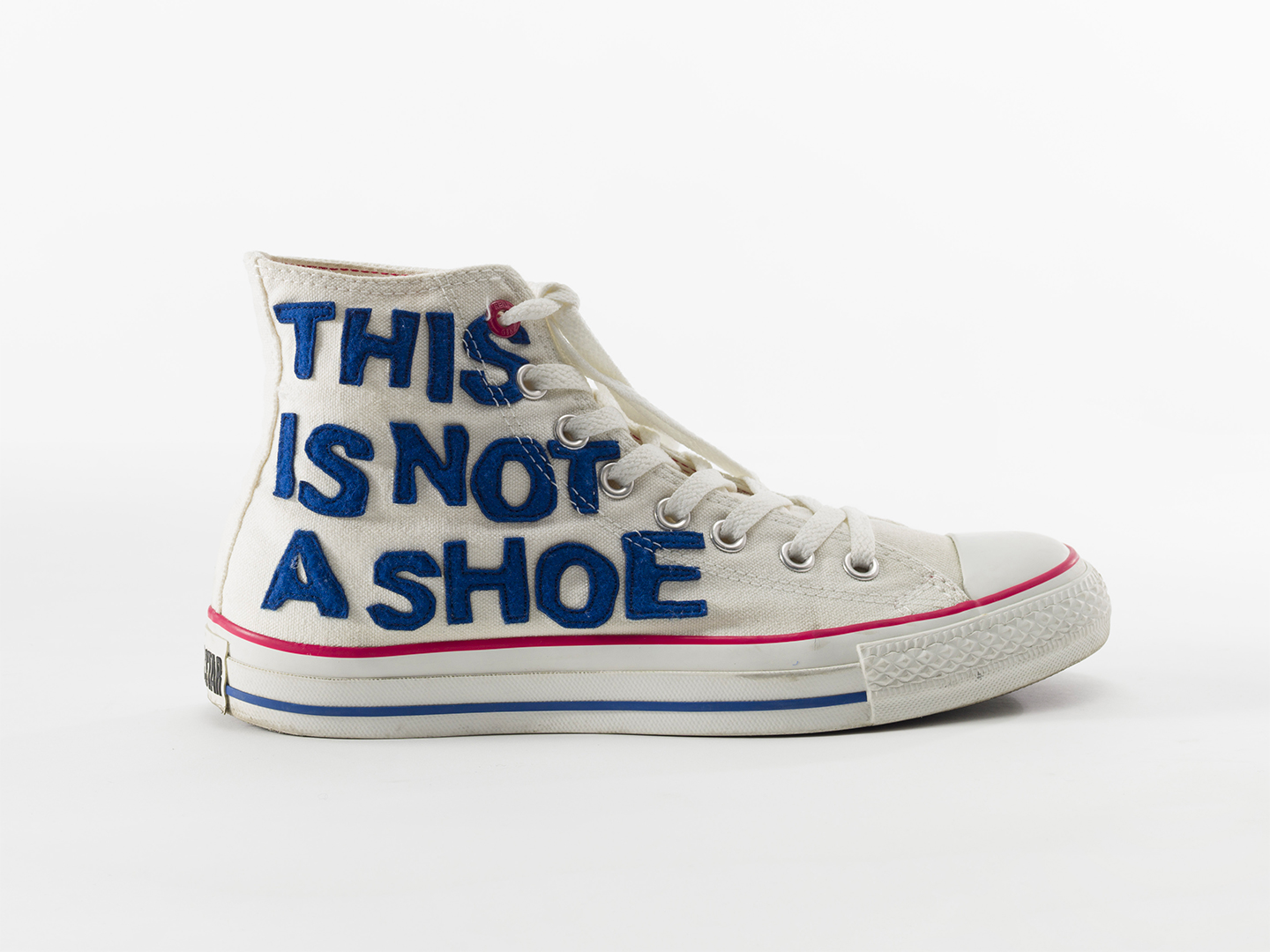
Converse sneaker, 2009 © Palais Galliera / Paris Musées
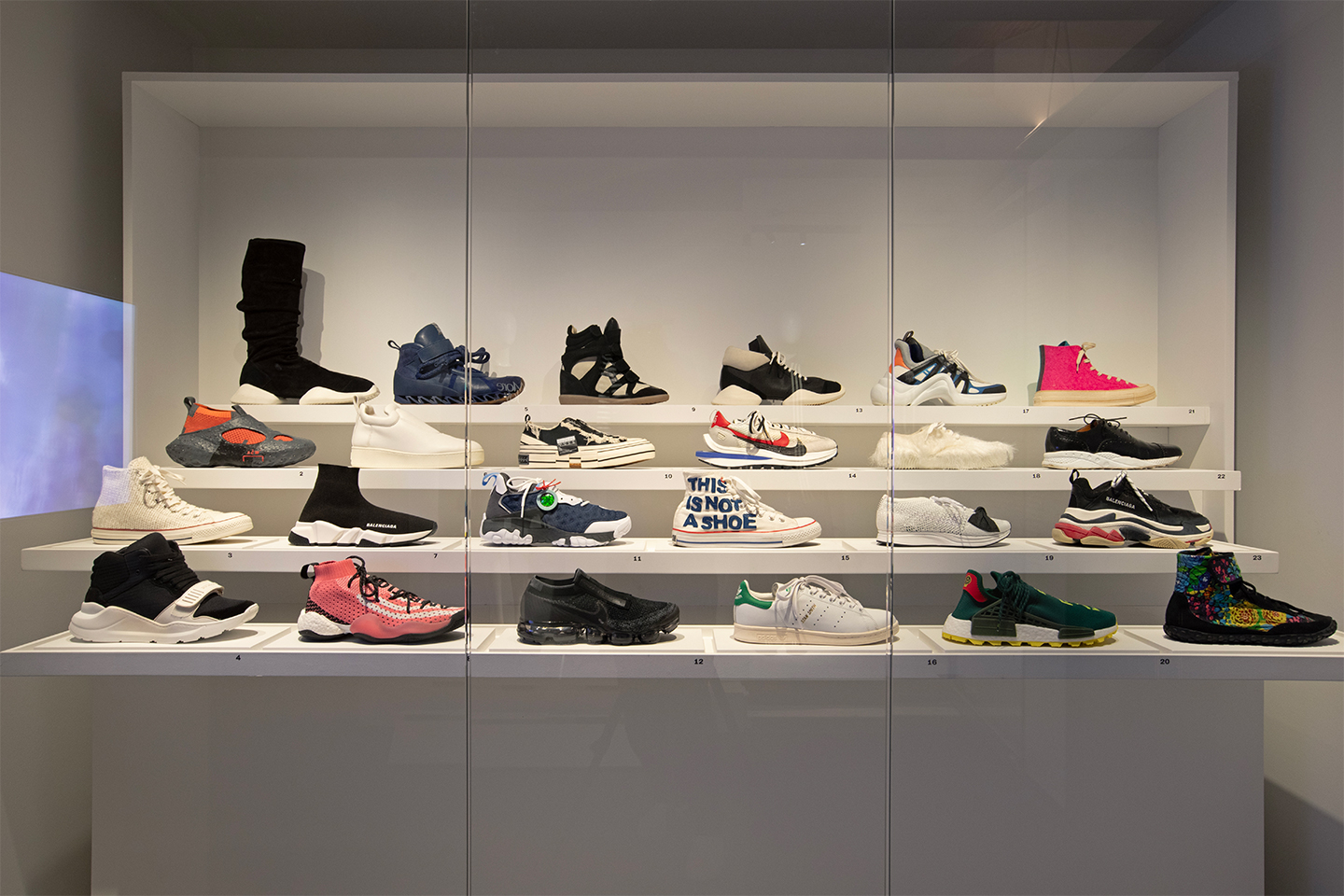
From 16 June 2023 to 7 September 2025, the Palais Galliera is presenting La mode en mouvement (‘Fashion in Motion’). © Palais Galliera / Paris Musées, photo Gautier Deblonde
The Parisian Musée de la Mode explores the connection between body, clothing and movement in a chronological exhibition, tracing the history of fashion from the 18th century to the present through the museum’s collections. Featuring some 200 works, it will run until September 2025.
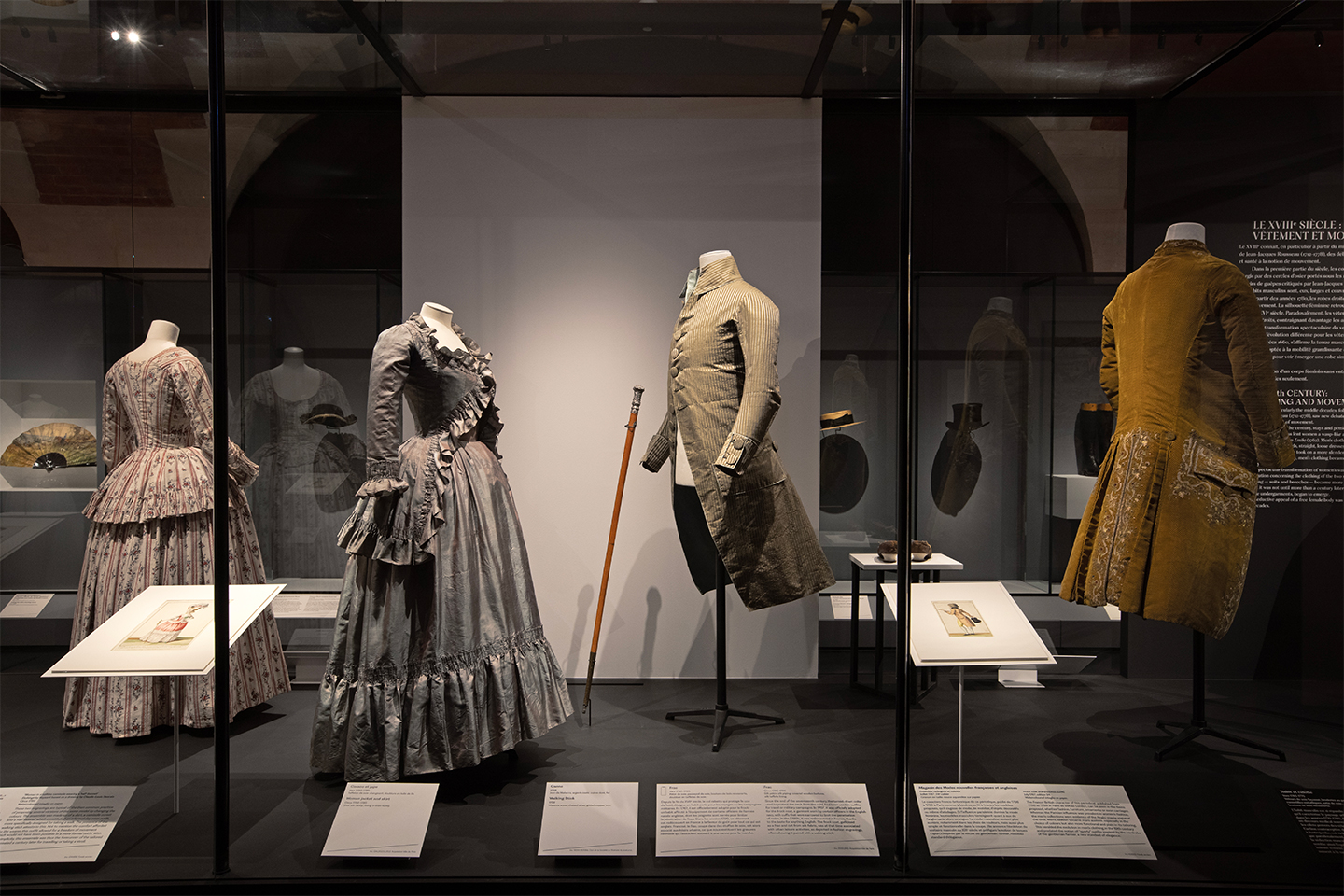
The Palais Galliera traces the history of fashion from the 18th century to the present. © Palais Galliera / Paris Musées, photo Gautier Deblonde
Resonating with the Olympic and Paralympic Games to be held in Paris in 2024, ‘Fashion in Motion’ also “examines the part played by clothing in physical and sporting activities, its relationship to the body and movement, and the social consequences of its development,” as the Palais Galliera stated. And it shows how mobility constraints can coexist with the freedom to express oneself.
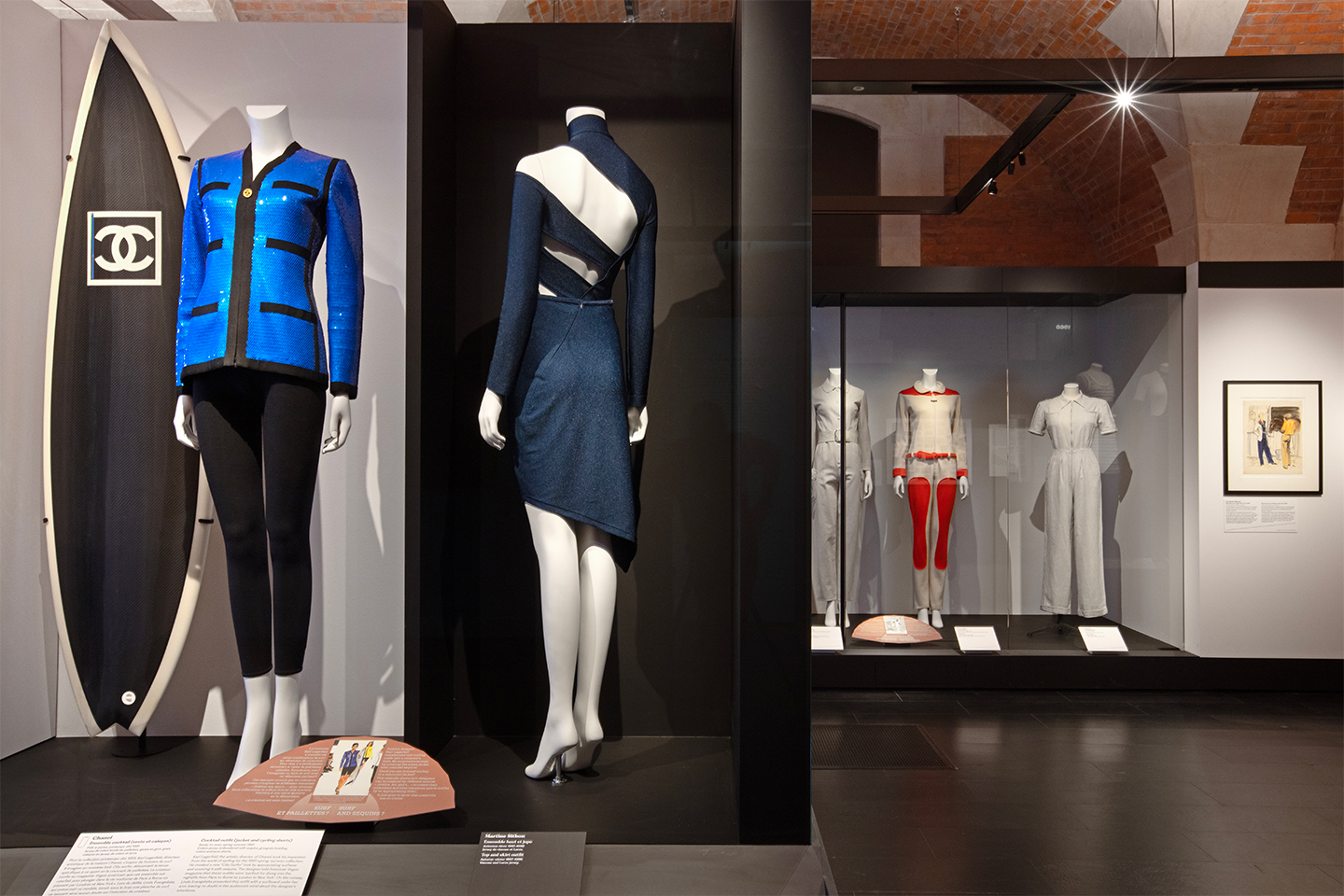
‘Fashion in Motion’ also examines the part played by clothing in physical and sporting activities. © Palais Galliera / Paris Musées, photo Gautier Deblonde
The fashion industry’s shift toward a more athletic and sporty style has influenced beauty standards and imposed the image of toned, muscular female bodies. And visiting the exhibition, you will learn that bathing suits in the 19th and 20th centuries were crafted from nothing less than… wool.
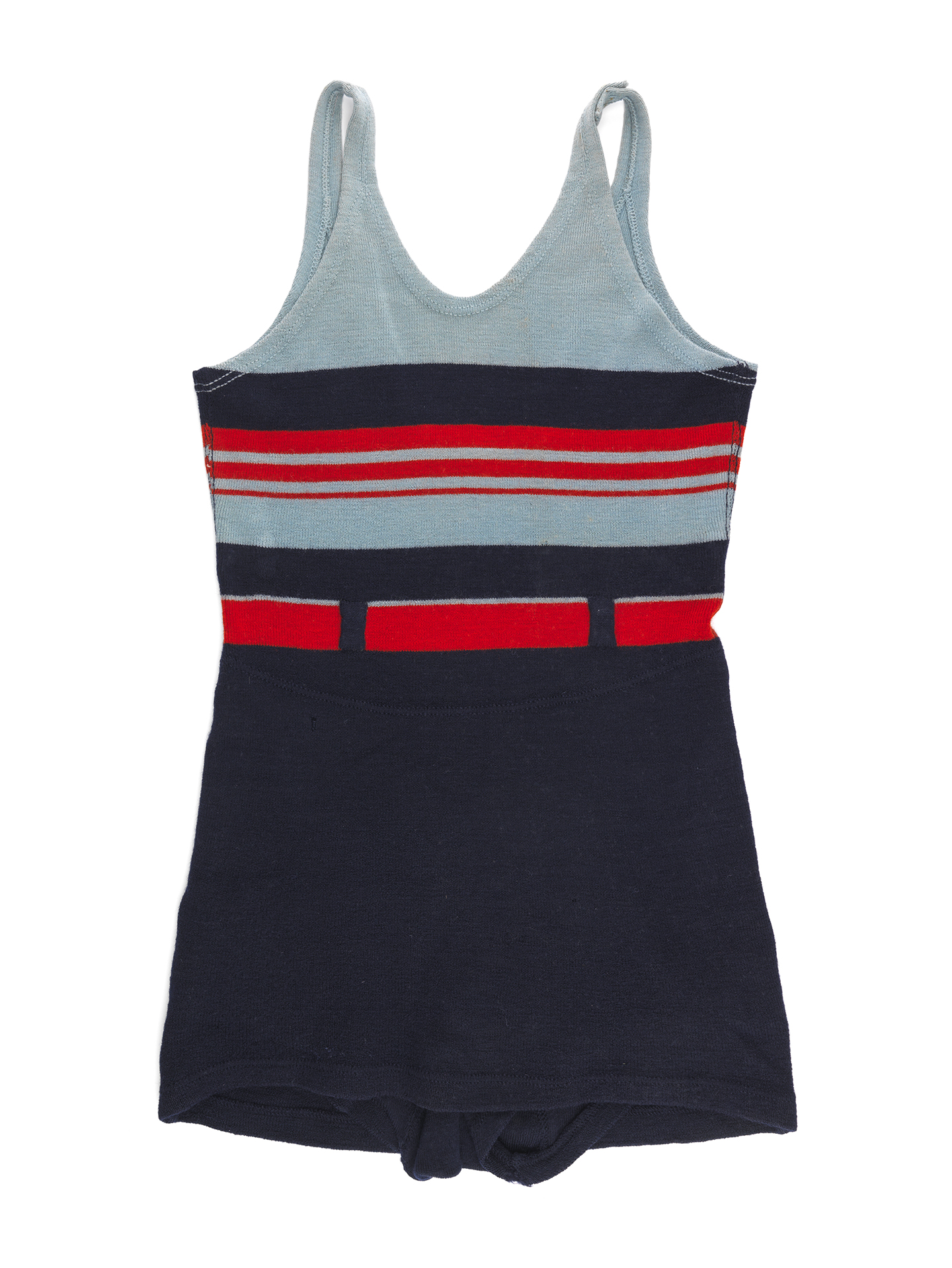
Swimming costume, circa 1925 © Palais Galliera / Paris Musées
An exciting dialogue between sporting activities and everyday clothing through three centuries of fashion history
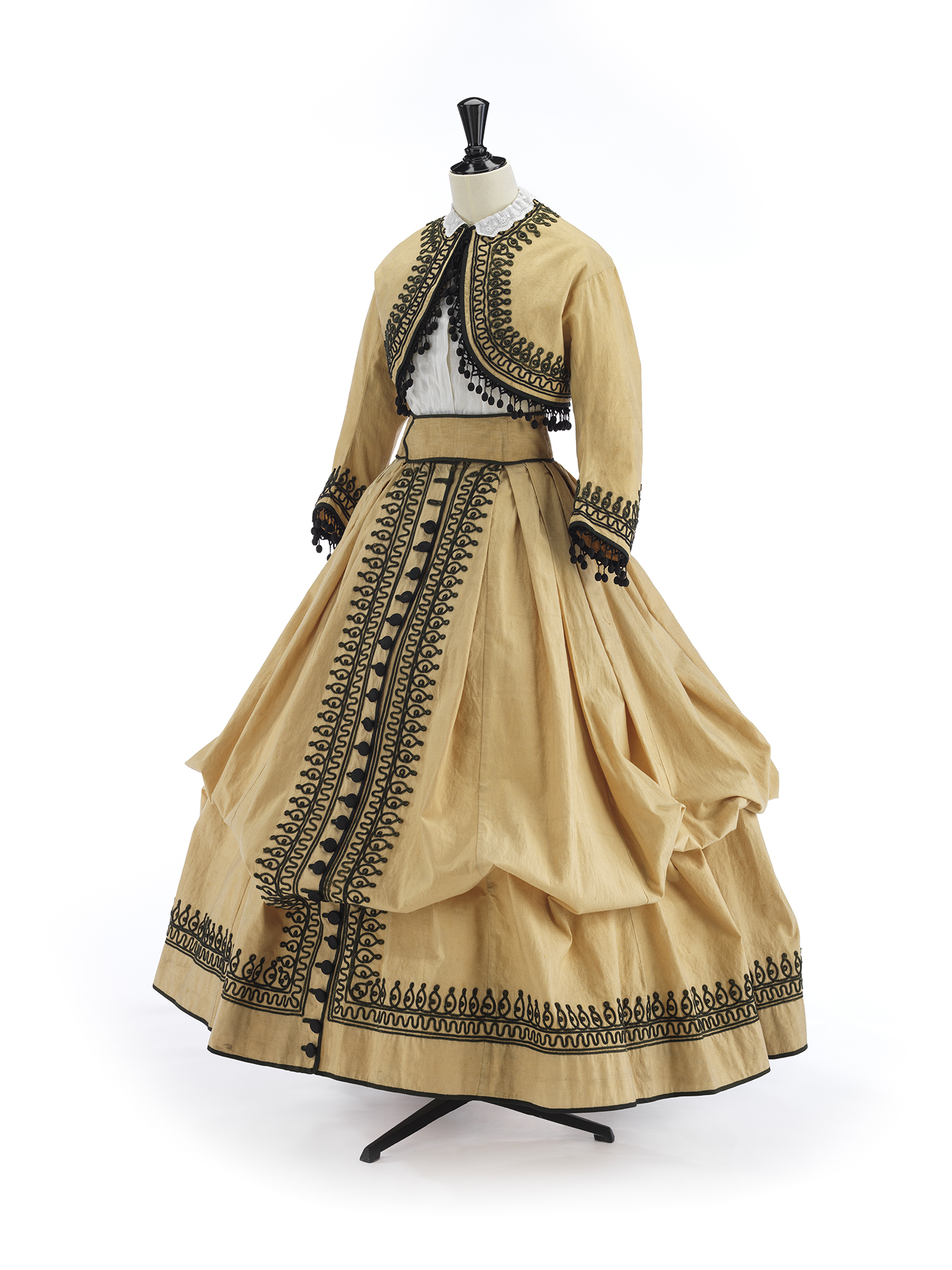
Bathing costume, Belle Jardinière, circa 1815 © Palais Galliera / Paris Musées
This exhibition offers a unique insight into the history and evolution of fashion, displaying an impressive collection of garments of different eras, from the intricate dresses of the Belle Époque to the striking designs of the 20th century and the rise of haute couture.
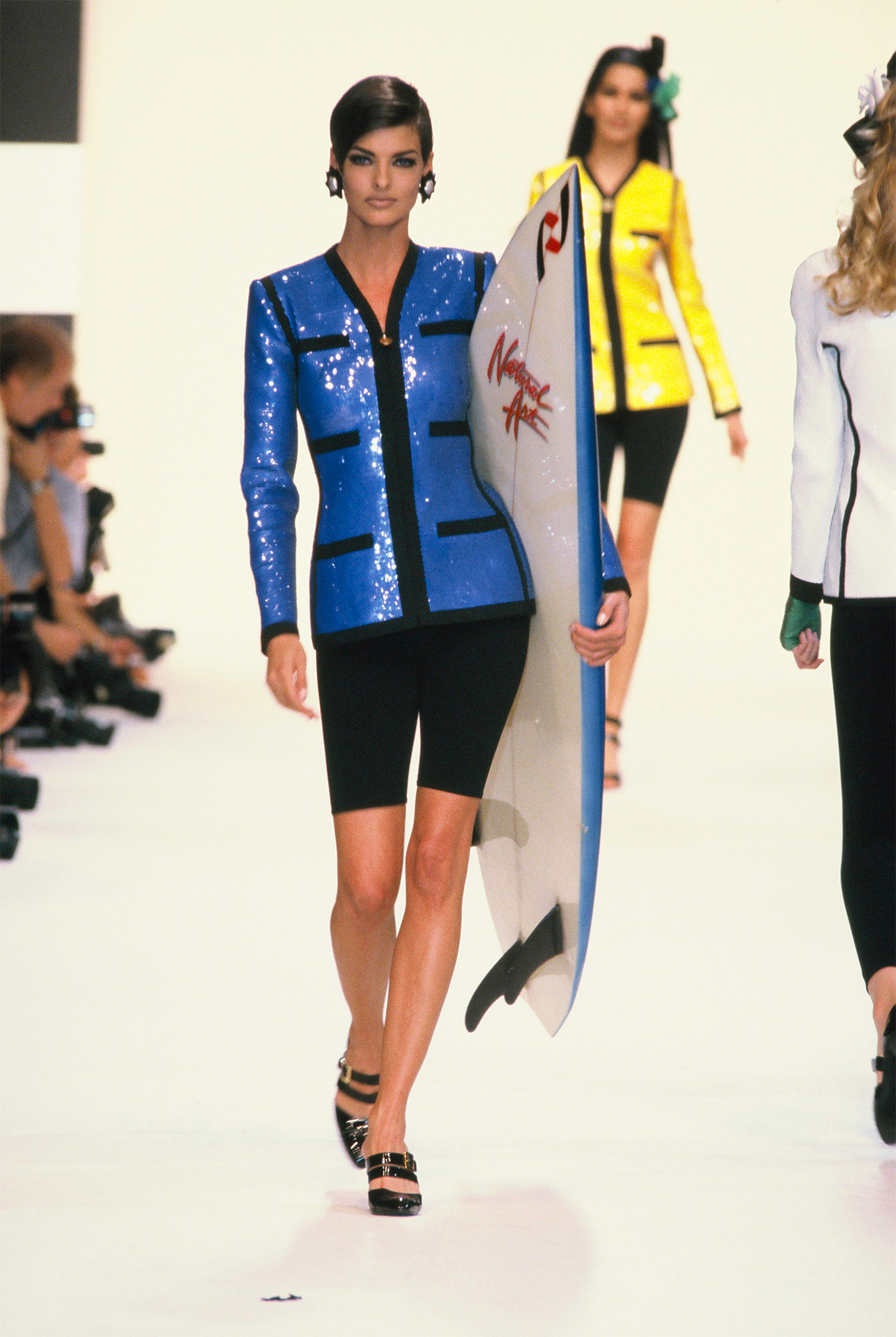
‘Surf’ suit and board, CHANEL by Karl Lagerfeld Spring-Summer 1991. © CHANEL / Linda Evangelista / Collection prêt-à-porter Printemps-Été 1991
One of the highlights is the section on the 1960s and 70s, which showcases the emergence of ready-to-wear and the influence of youth culture on fashion.

One of the highlights is the section on the 1960s. © Palais Galliera / Paris Musées, photo Gautier Deblonde
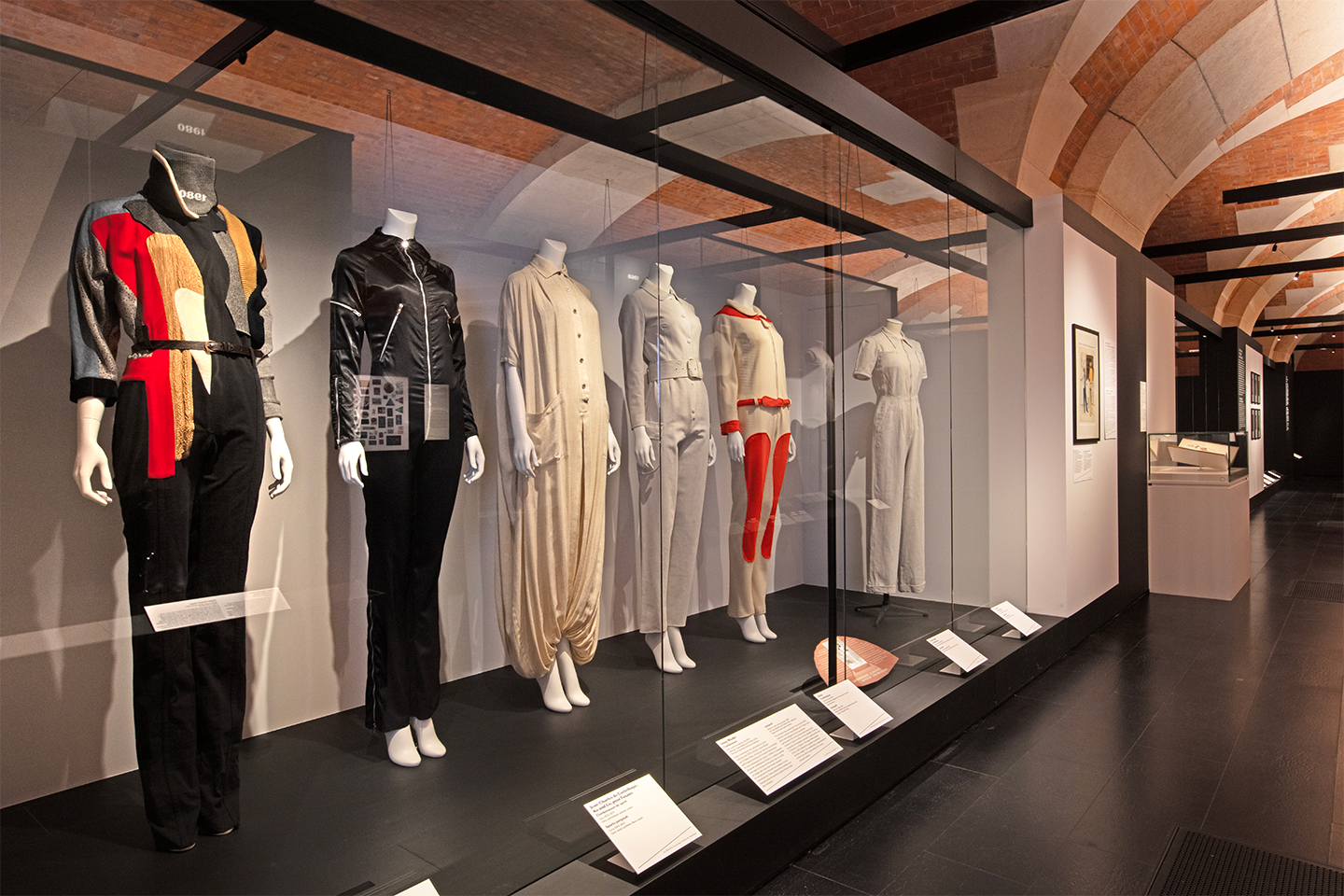
The section on the 1960s and 70s showcases the emergence of ready-to-wear and the influence of youth culture on fashion. © Palais Galliera / Paris Musées, photo Gautier Deblonde
What material were bathing suits made of in the 19th and early 20th centuries?
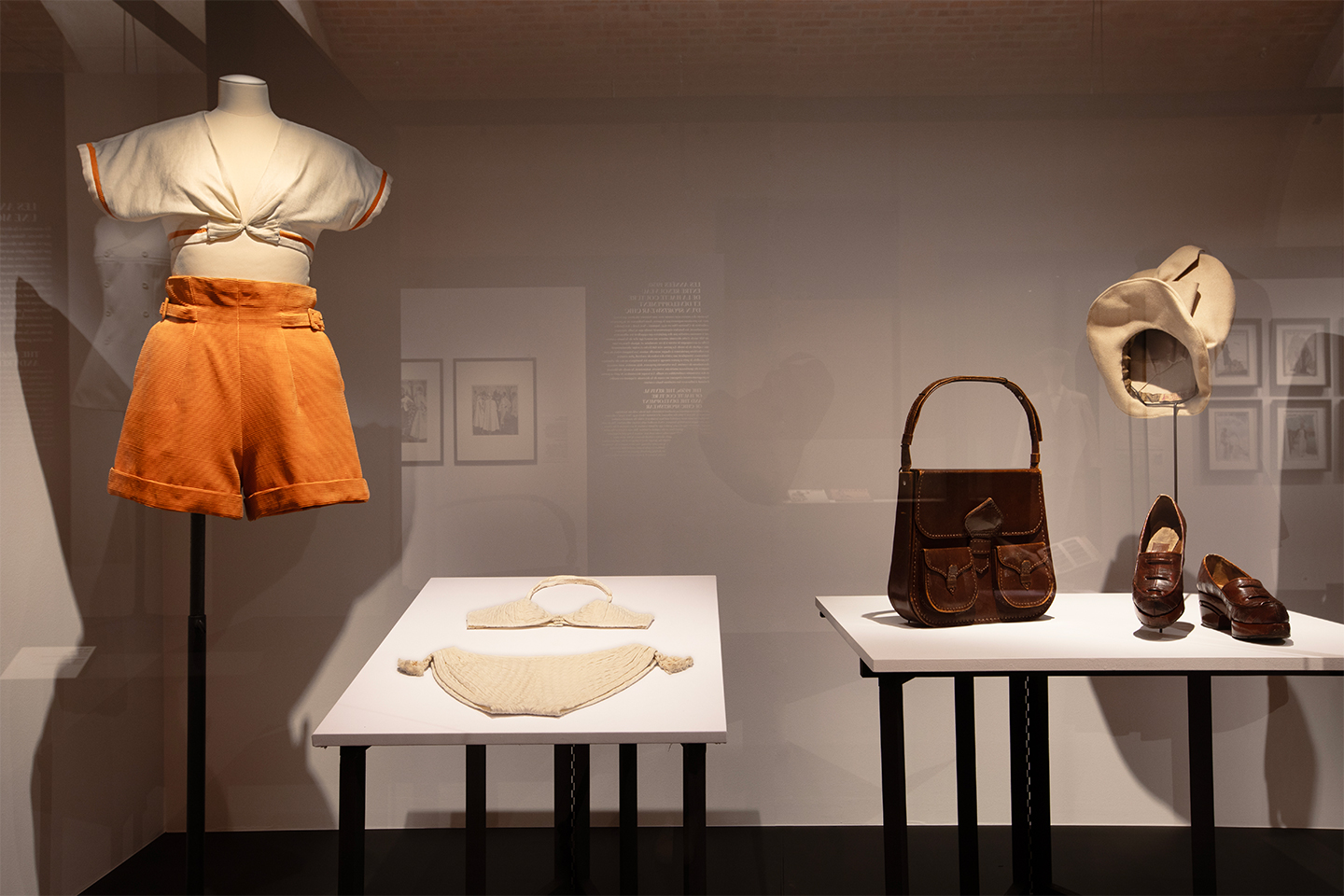
This exhibition emphasises on the relationship between the garment and the body. © Palais Galliera / Paris Musées, photo Gautier Deblonde
What truly sets this exhibition apart is its emphasis on the relationship between the garment and the body and how the former has long conditioned the latter's movement.
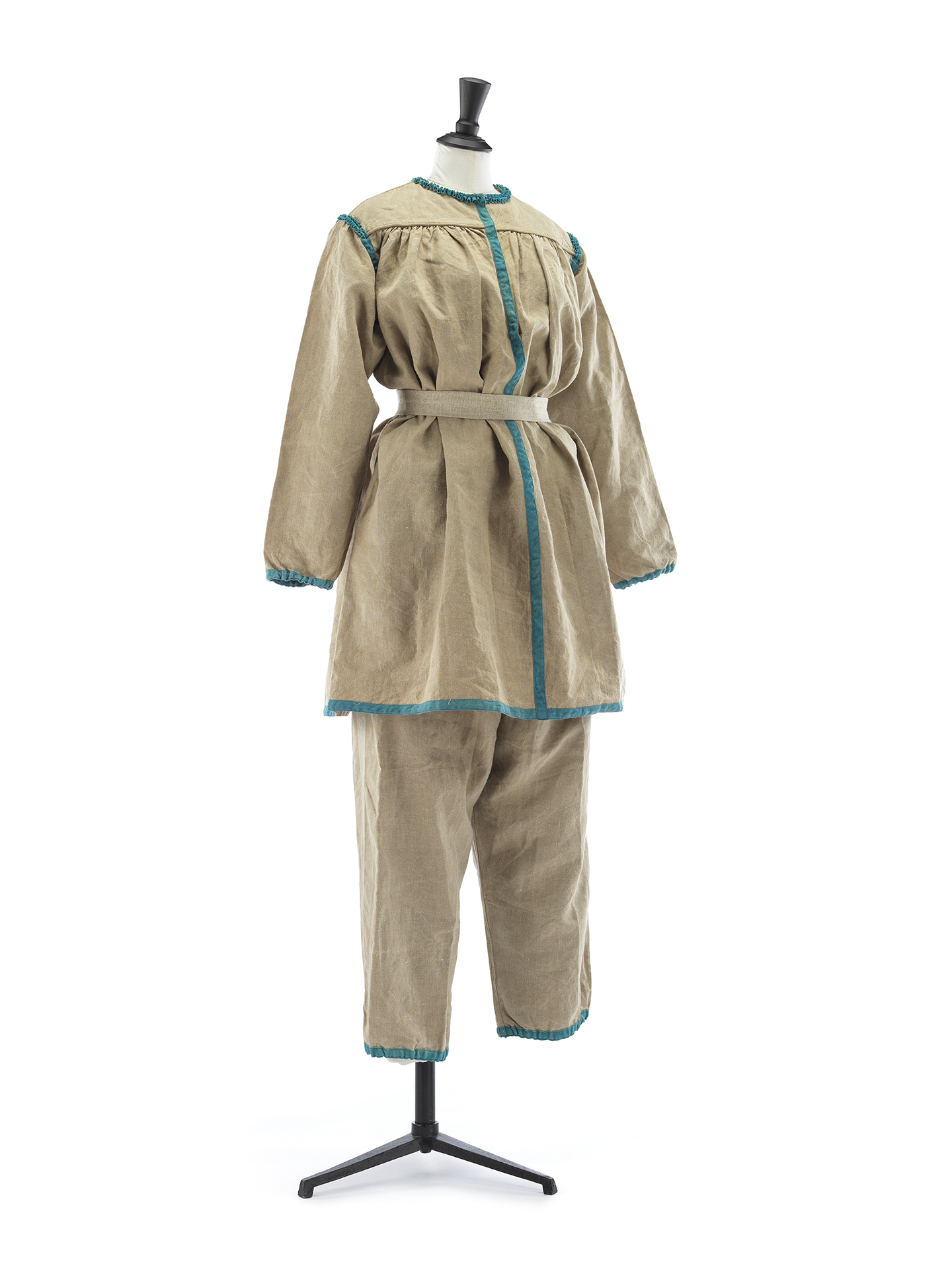
Bathing costume, Belle Jardinière, circa 1815 © Palais Galliera / Paris Musées
For example, 19th-century bathing costumes were sometimes made of wool or linen and worn with stockings and hats – even in the water. It is still hard to imagine how they managed to walk around with the weight of the wet fabric.
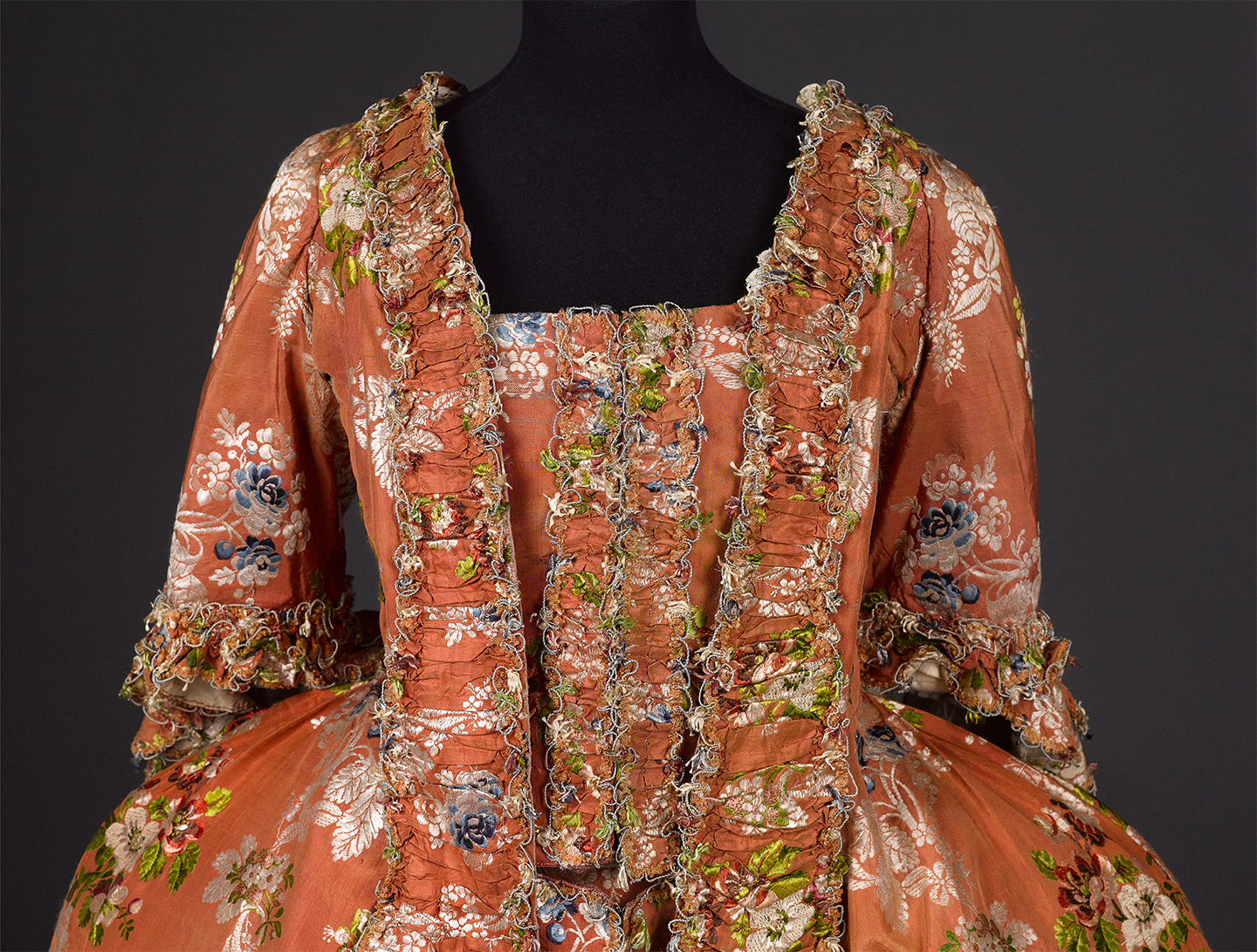
French-style dress, circa 1755-65 © Palais Galliera / Paris Musées
You will also discover that the 18th-century “whalebone stay”, which narrowed the waist and pushed up the bust, was worn with the ‘pannier’ under a dress’s skirt to create volume and to give the illusion of a tiny waist. All that discomfort was necessary for women to be considered respectable in public.
Fashion as a driver of a societal evolution

Models in swimwear, phot by Peter Knapp, 1971 © Peter Knapp
Currently, fashion has permeated the culture of societies to the point where it is no longer merely adapting to societal changes but instead is its driving force in constant movement and metamorphosis. This evolution is evident in the pervasive nature of fashion in various aspects of modern society, from the clothes we wear to how we express ourselves.
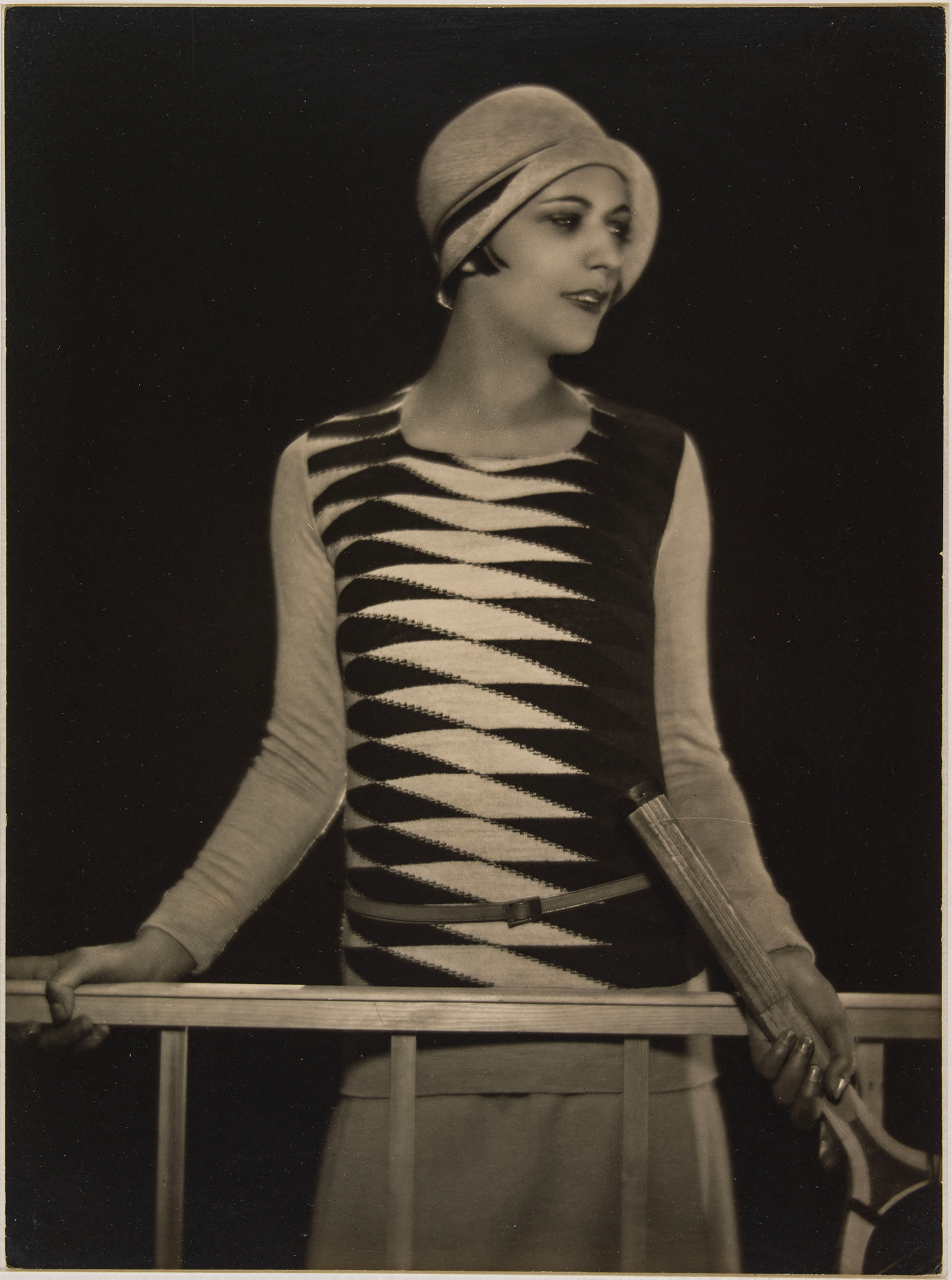
Lucien Lelong costume for tennis, photo by Egidio Scaioni, circa 1925 © Egidio Scaioni, Palais Galliera / Paris Musées
Fashion has become a reflection of our individuality, as well as a tool for self-expression and communication. Through the years, fashion has taken on various forms, from haute couture and luxury brands to streetwear and fast fashion. The industry has become increasingly diverse, with designers and brands constantly pushing the boundaries of creativity and innovation.
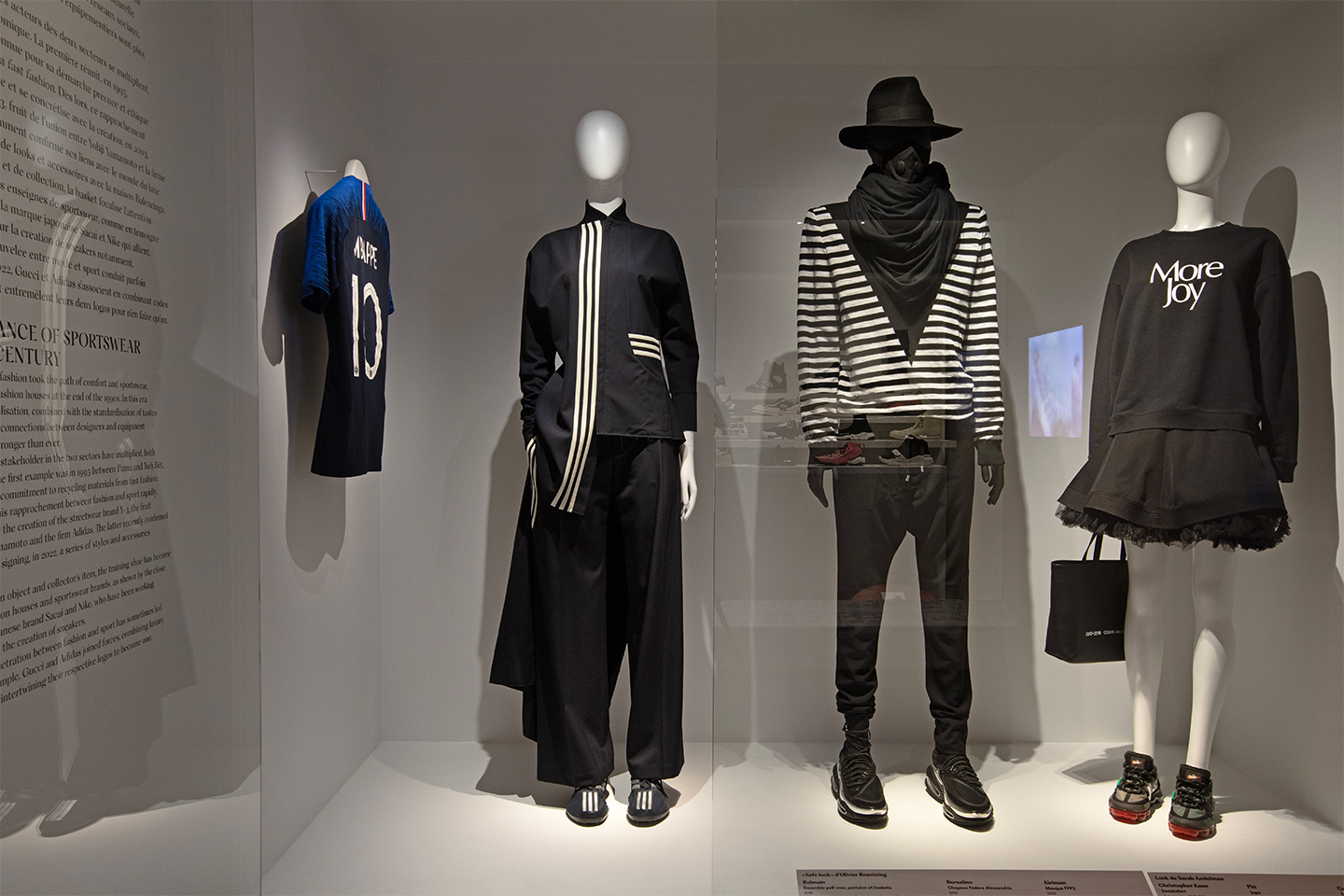
The exhibit is not just a display of beautiful garments but a journey through the history of our society. © Palais Galliera / Paris Musées, photo Gautier Deblonde
Fashion is no longer just a trend or a fleeting fad but an integral part of our lives that continues to evolve and adapt to an ever-changing social landscape. The exhibit is not just a display of beautiful garments but a journey through the history of our society, highlighting the evolution of our perception of the body and its relation to fashion over time.
Ayleen Jiménez
MA student in Fashion Promotion Communication & Digital Media, Paris


